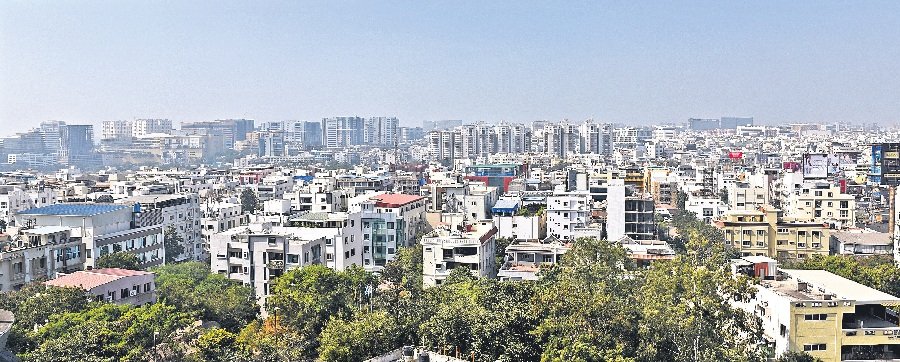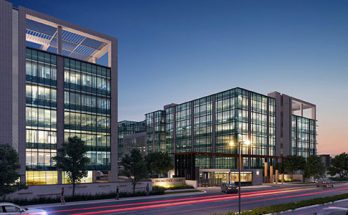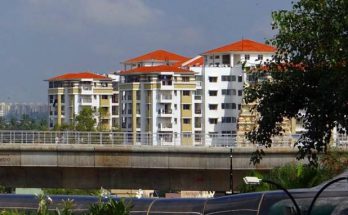The year 2017 was eventful for real estate sector with the roll-out of game-changing policies such as GST and RERA. Demonetisation’s impact started to taper off slightly, while real estate investment trusts (REITs) did not take off this year as expected. Affordable housing came out of the shadows and affordably-priced units have been selling like hot cakes in most cities. Hyderabad real estate is seeing consistent growt across asset classes.
In the office space segment, vacancy levels remained unchanged through 2017, hovering at around 14 per cent pan India. Select markets saw lower vacancy levels and are expected to see a further decline in 2018. Overall vacancy levels will likely hover around 15 per cent during next year. Very low vacancy rate and continued demand in the prominent office corridors of Hyderabad and other cities will help better rental appreciation in 2018.
Ramesh Nair – CEO & Country Head, JLL India, said, “Rents in these markets are expected to rise faster into the range of 6-8 per cent (y-o-y). Hyderabad expects to cross its historic rental peaks of 2017 in the next year.”
The net office space absorption for 2017 nationally will be at around 32 million square feet if all supply expected to come in this year actually enters the market. In 2018-19, Hyderabad will be among the cities that will see highest absorption of office space. The future supply expects to be healthy in 2018-19 in the city.
At a pan-India level, total office stock across the seven major cities including Hyderabad is forecast to reach around 600 million square feet by end of 2019. In alternate office (or co-working) spaces, around 1.2 million square feet got absorbed across major Indian cities including Hyderabad in 2017.
Retail Space
New retail space of 6.4 million square feet completed in 2017. It makes this year the second-best after 2011 in terms of net absorption. Shopping mall stock projects to grow strongly in next 3-4 years in the top seven cities of India. As around 20 million square feet of supply comes up by end of 2019. Out of this, around 11 million square feet of supply is expected in 2018 if completion delays are not accounted for. The percentage share of Hyderabad’s retail stock expects to rise in next few years, Nair points out.
Residential Asset Class
This year has been one of the most difficult years for residential real estate developers. Who faced several challenges ranging from realigning their businesses to comply with the GST rollout to changing business models in the wake of RERA. And then, post-demonetisation, investors disappearing from the market.
GST applicable to the purchase of homes in under-construction projects. It caused home buyers to either buy into completed projects or hold onto their purchase decisions. Also, developers halted sales in projects not registered under RERA across major cities. These combined factors led a quarterly sales decline in five of the top seven cities. It declined to an all-time low of 4.8 per cent in third quarter of 2017.
In 2017, capital values in Hyderabad grew at a comparatively faster rate, due to their lower price base compared to the Tier 1 cities. Prices expects to remain stable in 2018 too.
The residential asset class cornered a large share of investments in the country this year. Implementation of major reforms will make Indian residential realty more transparent. Steady investments will continue in this asset class in 2018.
Source: Telegana Today




